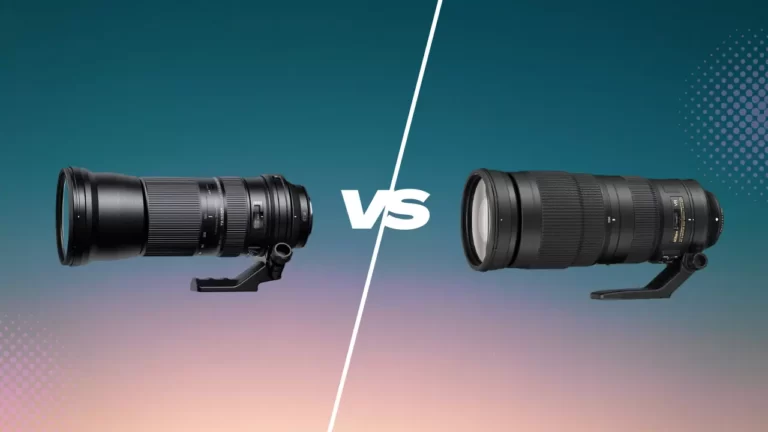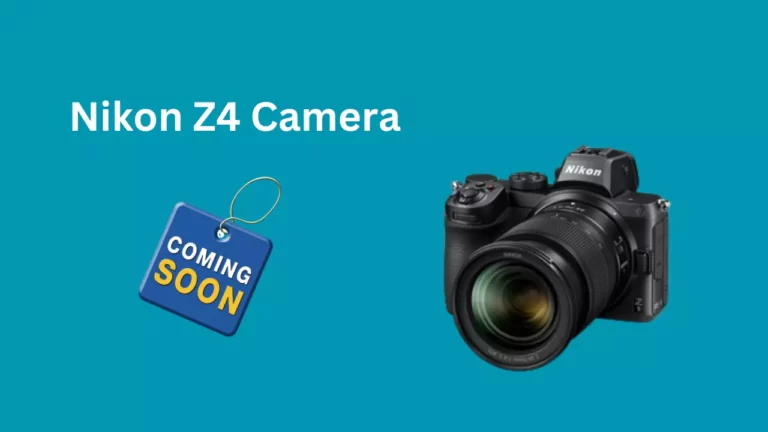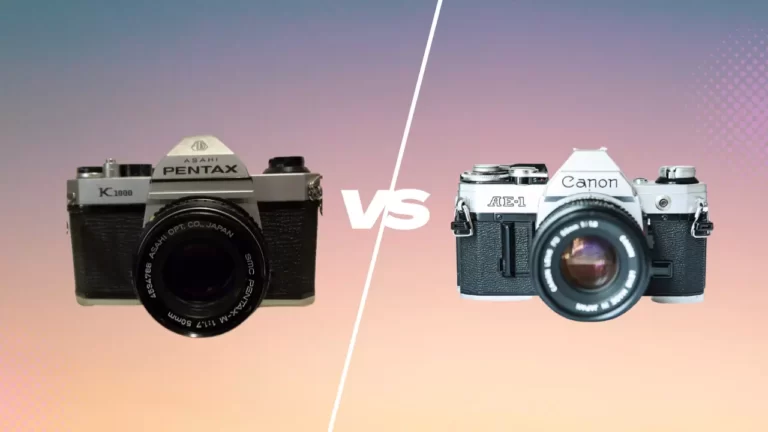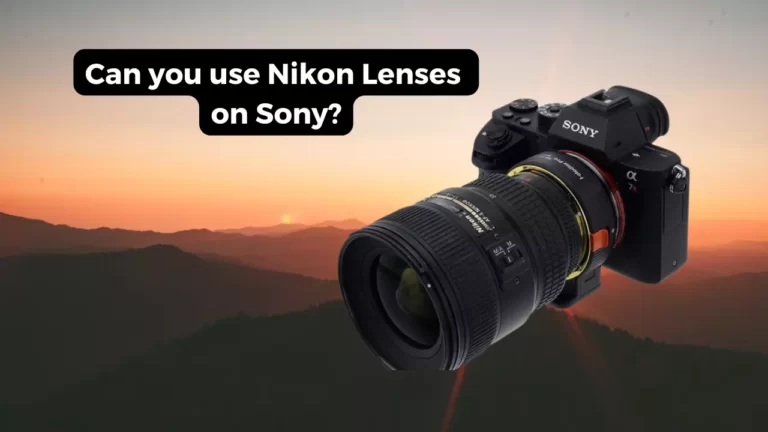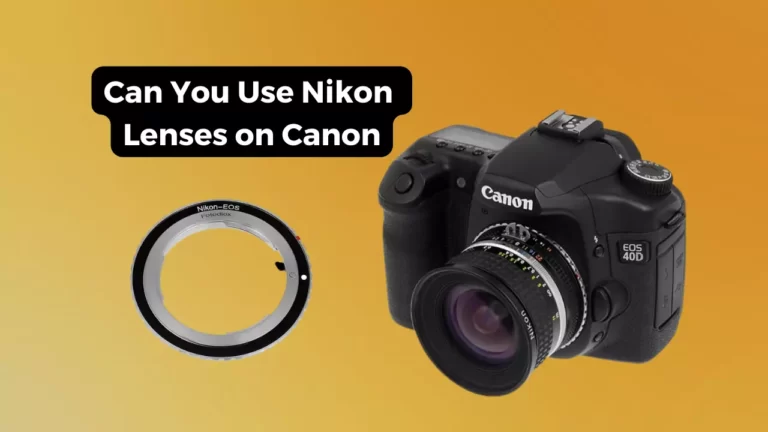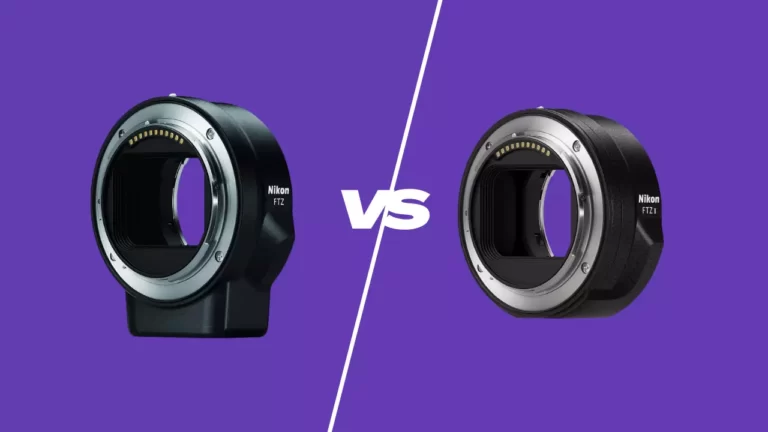Nikon 200 500 vs Sigma 150 600 – Which One is Best for You
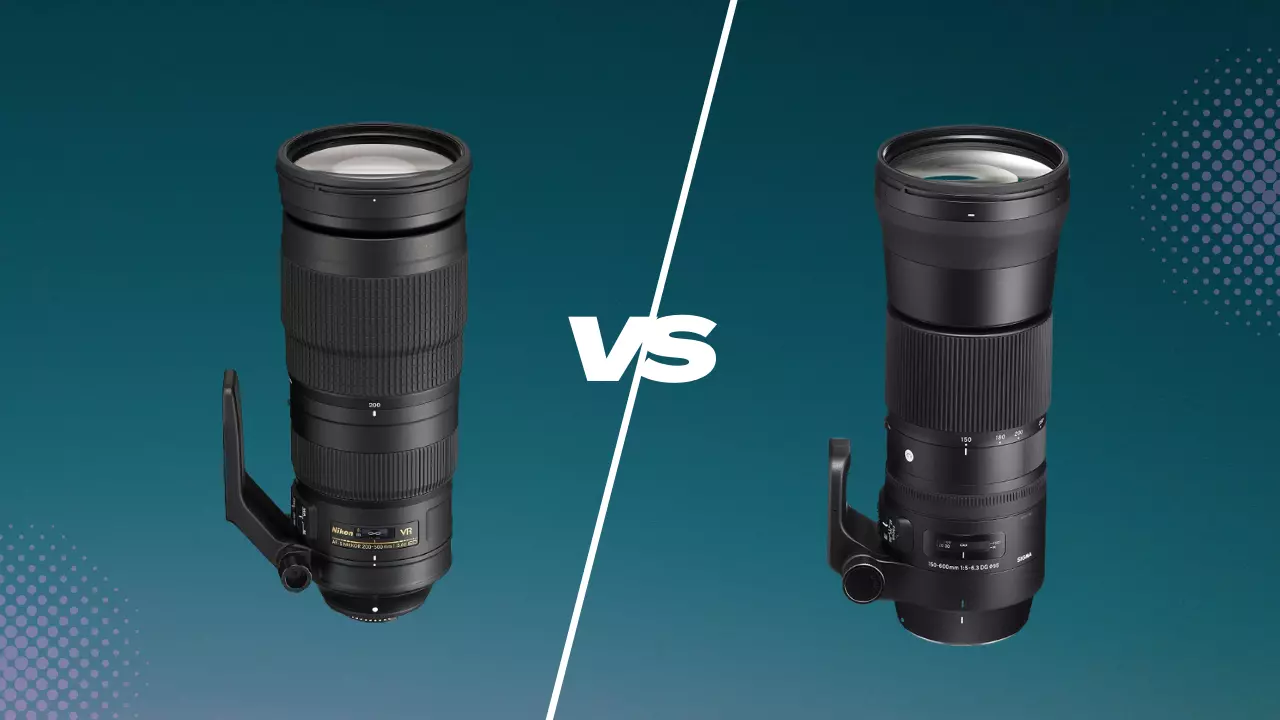
Many a time you realize that when many manufacturers make similar products, it is hard to tell which one is better. The same is the case with lenses and in particular telephoto lenses. Well, today we hope to make it clear as to which lens, between Nikon 200 500 and Sigma 150 600 is better.
The Nikon 200 500 and Sigma 150 600 are both telephoto lenses with superior functionality. The main difference lies in the focal ranges, where we have 200-500mm for Nikon and 150-600mm for the Sigma lens. Moreover, the Nikon lens is compatible with Nikon F mounts while Sigma is compatible with Sony A mounts. The Nikon lens is heavier and larger in size as well.
Below is a more detailed comparative review of these lenses. Hopefully, by the end of the article, you will make an educated decision on the lens to go for.
Nikon 200 500 vs Sigma 150 600
The Nikon 200 500 is designed for the F (FX) mount while the Sigma 150 600 is designed for Sony A-mount. They are two telephoto lenses that are known for their superb performance and their close resemblance. You need to take a closer look to spot their differences. Let us start with a side-by-side comparison.
Comparison Table
| Features | Nikon 200 500 | Sigma 150 600 |
| Focal range | 200-500 mm | 150-600mm |
| Aperture | F 5.6 max | F 5.0- F6.3 |
| Lens mount | Nikon F mount | Sony A mount |
| Filter thread | 95mm | 95mm |
| Weight | 2300g | 1930g |
| Length | 268mm | 260mm |
| Diameter | 108mm | 105mm |
| Minimum focus distance | 2.2m | 2.8m |
| Price | Check Price | Check Price |
Nikon 200 500 Overview
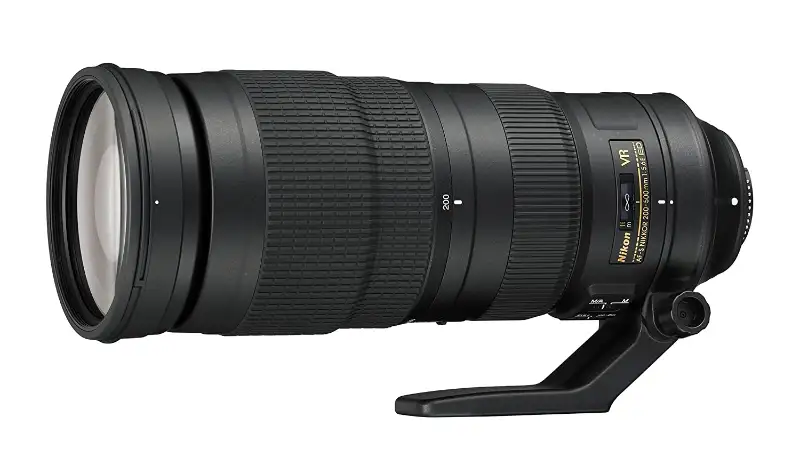
The Nikon 200 500 lens was warmly welcomed into the market as a super zoom lens. It was even more because of its huge range with a reasonable aperture—and all this at an affordable price.
Moreover, this lens has a much smoother zoom and can easily be controlled. The lens is razor sharp at 500mm and near the minimum focusing distance. It is therefore best suited for sports and wildlife/bird photography.
Pros
- It is at an affordable price
- It features a constant aperture
- It has a smoother zoom
Cons
- It is relatively heavier
Sigma 150 600 Overview
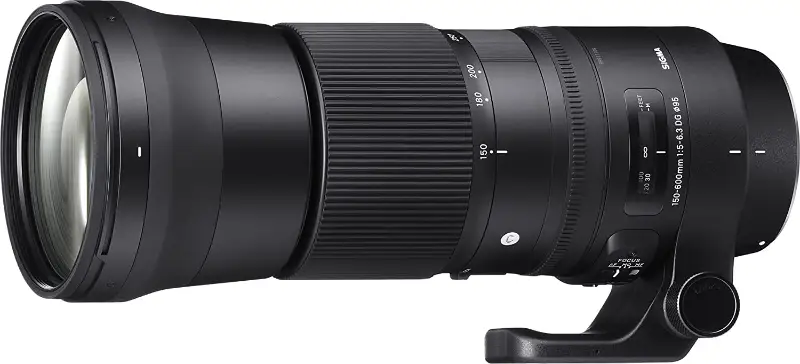
The Sigma brand introduced the 150 600 telephoto lenses with a reasonable aperture. One thing about this lens is that it has a variable aperture. This means that as you zoom, it will close down and you will lose light.
Also, as weight is an issue for many, it may be relieving to learn this Sigma lens is comparatively lighter. One drawback when it comes to the Sigma 150 600 is that it is on the expensive side.
Pros
- It allows customization of stabilization
- It features a weather-sealed and well-built body
- It is Arca Swiss tripod compatible
Cons
- It is on the expensive side
Features Compared
Size and weight comparison
Size and weight are two of the most important determinant factors when it comes to lens selection. Therefore, we have compared these lenses in terms of size and weight to give you a better understanding.
The Nikon 200 500 lens is the longer one of the two at 268mm while Sigma 150 600 follows it closely at 260mm. Nikon lens is not only the longer one but also has a larger diameter of 108mm compared to Sigma’s 105mm diameter.
In terms of weight, Nikon remains to be the heavier one at 2300g while Sigma weighs just about 1930g. This factor is particularly important if you plan on hand-holding your camera and lens combination for a long time.
Focal range
The focal range is one of the specifications that help you distinguish these lenses from each other.
Nikon 200 500 F 5.6 E has a focal range of 200- 500mm and a 2.5x zoom ratio. When this lens is mounted on an APS-C sensor camera with 1.5x crop, it provides a 35mm equivalent of 300- 750mm.
Meanwhile, Sigma 150 600 F 5-6.3 has a focal range of 150- 600mm and a 4.0x zoom ratio. Mounting it onto an APS-C sensor camera with 1.5x crop achieves a 35mm equivalent of 225- 900mm.
Lens mount
These lenses were designed to be compatible with different lens mounts. The Nikon 200 500 lens, having been made by the Nikon brand, is compatible with the Nikon F (FX) mounts.
Sigma, on the other hand, is a brand that focuses on the manufacture of third-party lenses for some of the common brands in the industry such as Canon and Sony.
In this case, the Sigma 150 600 lens was designed to be compatible with the Sony Alpha lens mount.
Final Verdict
With the comparison above, you can then judge which lens is better. But to make it even easier for you, Sigma 150 600 exceeds its counterpart in many of the specs. For one, it has a 10.71% wider aperture at the minimum focal length.
It also has a 100mm longer maximum focal length. On top of that, it is the lighter one of the two with a better magnification factor and greater zoom range. There you go!
FAQs
Which photography is the Nikon 200 500 good for?
The type of photography you are venturing into is vital as it determines the right camera and lens for the job. Before you enter the photography industry, it is important to understand that different lenses are suited for different photography scenarios. The Nikon 200 500 is best suited for shooting in bird/wildlife and sports scenarios. It is well equipped with features and capabilities that make it among the best in this sector.
Conclusion
Lens choice can be a tough decision to make. However, once you understand all the specifications, it gets easier to find the lens that best suits your needs. In this article, we hope that is the case for you when it comes to Sigma 150 600 vs Nikon 200 500 lenses.
You Can Also Read:
- Nikon FtZ vs FtZ II
- Tamron 150 600 vs Nikon 200 500
- Samyang vs Rokinon
- Can you use Nikon Lenses on Sony
- Can You use Nikon Lenses on Canon
- Canon R5 Mark ii (Release Date, Price & Specs) - December 20, 2023
- Sony 100 400 vs 200 600: Which Telephoto Lens is Right? - December 15, 2023
- Sony A1 II Camera (Release Date, Price & Specs) - November 30, 2023

